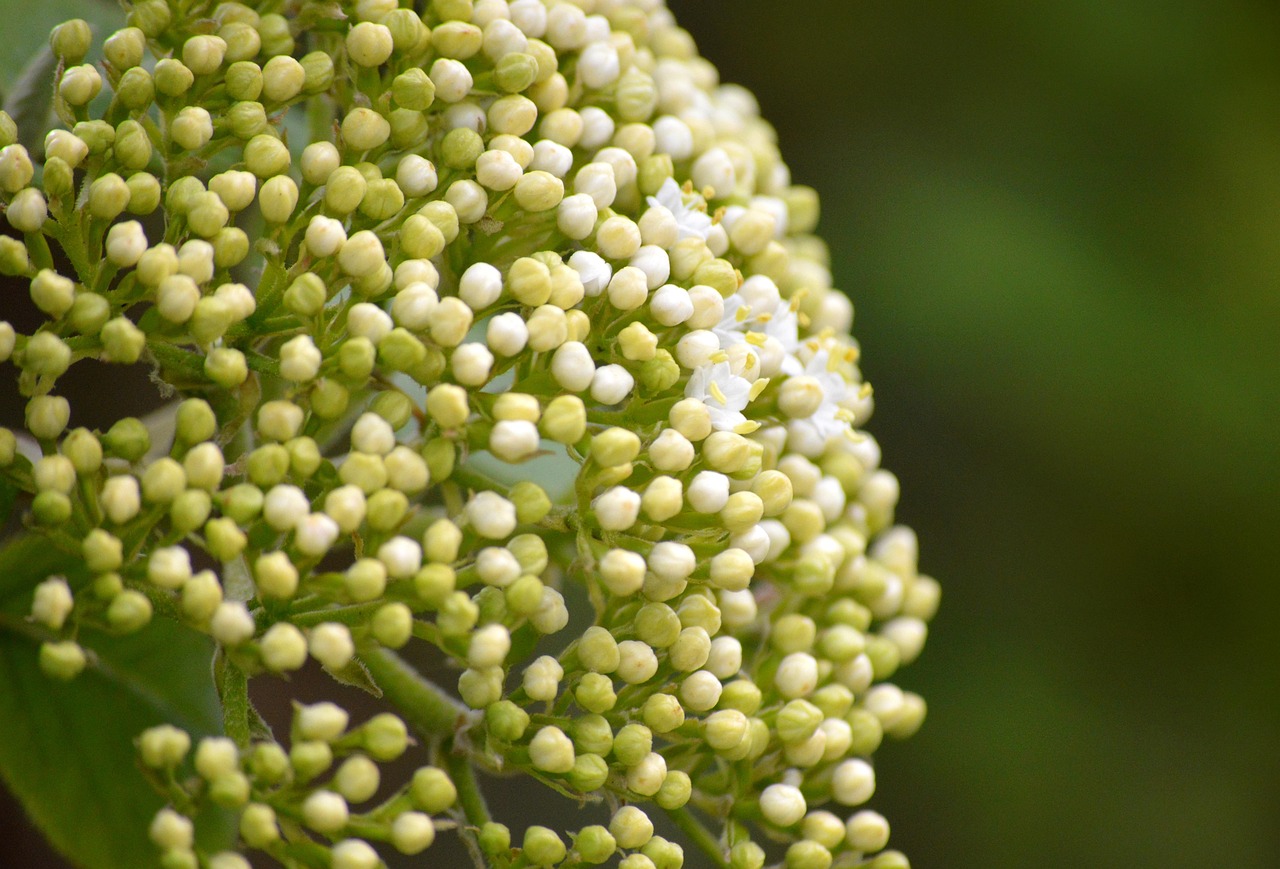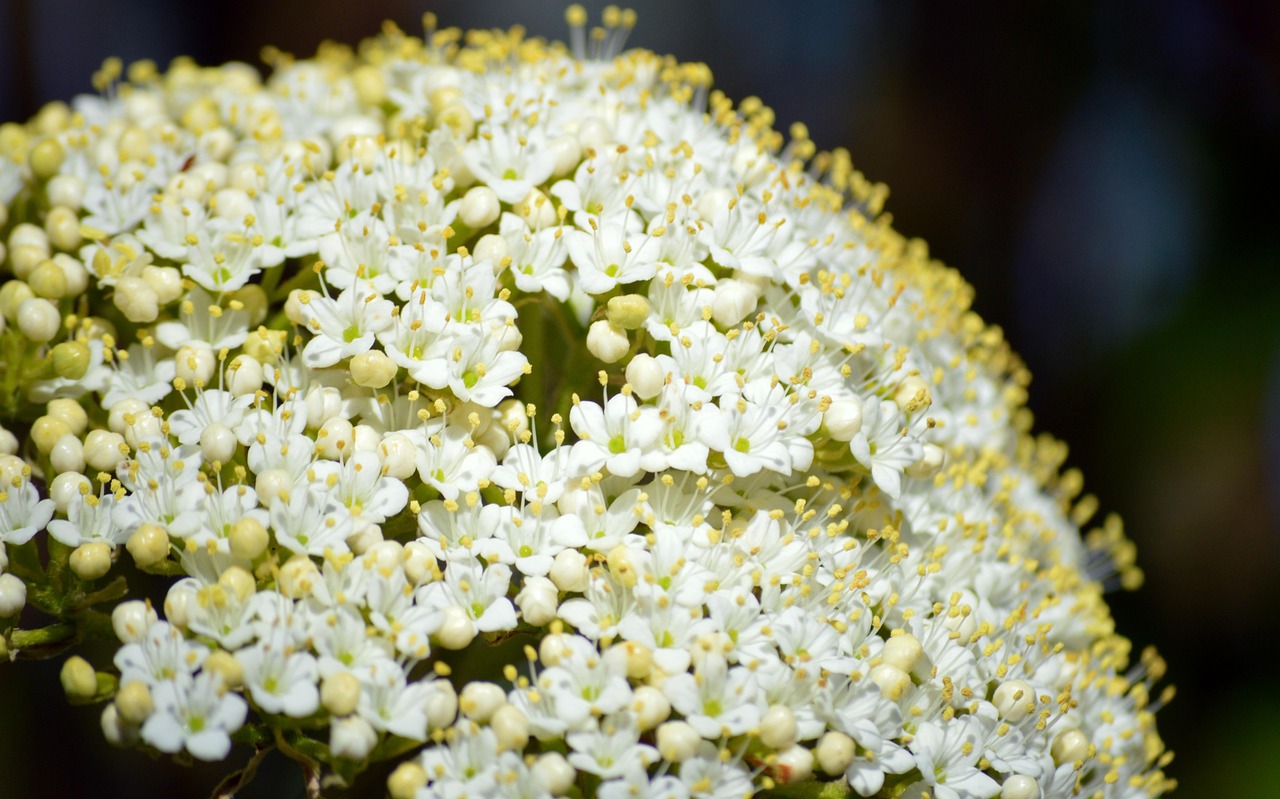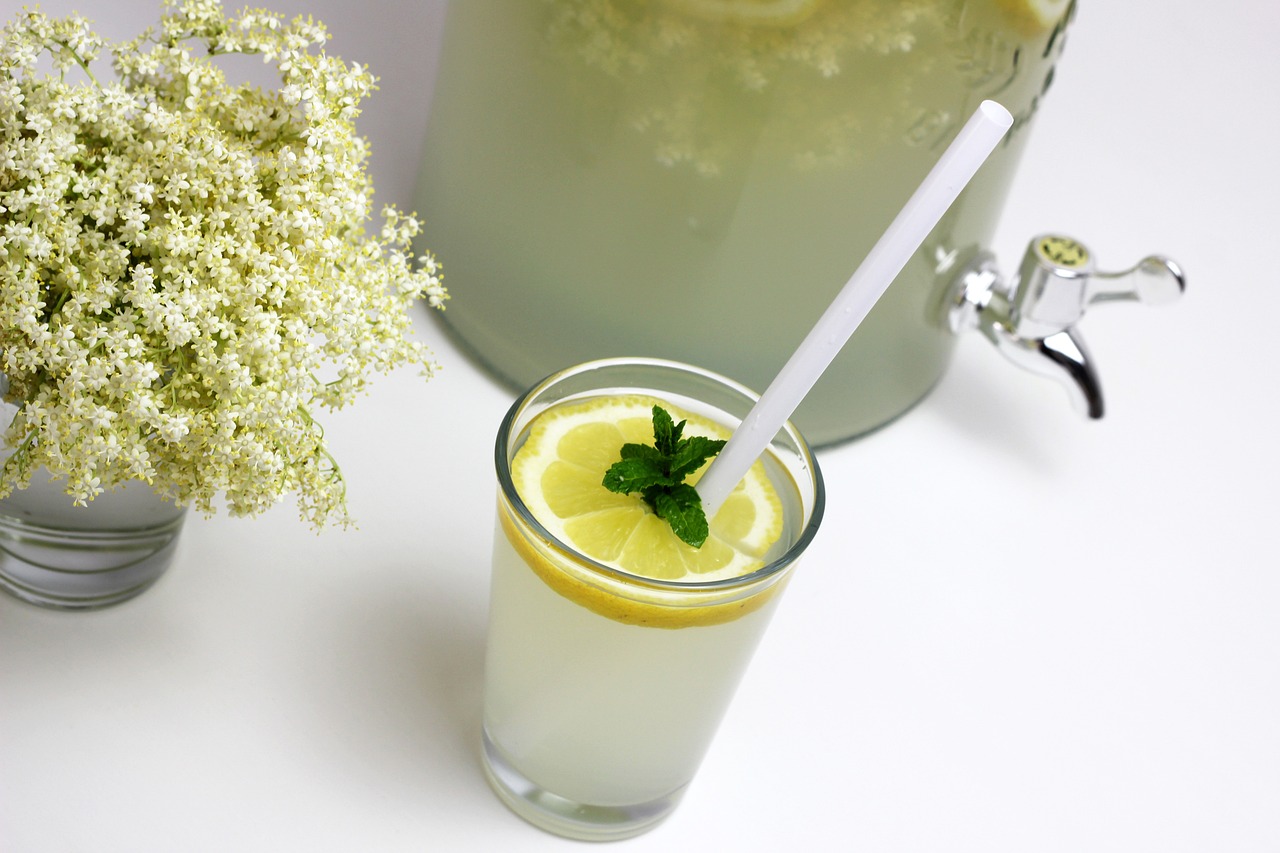Elderberry tree pruning is essential for maintaining healthy growth and maximizing fruit production. Beginners should focus on understanding the right timing, techniques, and tools needed for effective pruning.
Elderberry trees, known scientifically as Sambucus, are popular for their beautiful flowers and nutritious berries. These trees can grow quite large, making regular pruning necessary to keep them manageable. Proper pruning encourages new growth, removes dead or diseased branches, and helps shape the tree for optimal sunlight exposure. For beginners, learning the basics of pruning can seem daunting, but with some knowledge and practice, it becomes an easy task.

This guide will walk you through everything you need to know about pruning elderberry trees. We will cover the best times to prune, the tools required, and techniques that ensure a healthy tree. Understanding these elements will empower you to maintain a thriving elderberry tree in your garden.
Understanding Elderberry Trees
Elderberry trees are native to various regions around the world, including North America and Europe. They are often cultivated for their medicinal properties and culinary uses. The berries are rich in antioxidants and vitamins, making them a popular ingredient in syrups, jams, and even wines.
There are several species of elderberry, with the most common being black elderberry (Sambucus nigra) and red elderberry (Sambucus racemosa). While both species are similar in care requirements, their pruning needs may vary slightly based on growth habits. Familiarity with the specific type of elderberry you have will help in tailoring your pruning strategy.

Benefits of Pruning Elderberry Trees
Pruning offers numerous advantages for elderberry trees. Some of the key benefits include:
- Improved Air Circulation: Pruning helps open up the canopy of the tree. This promotes better air circulation, reducing the risk of fungal diseases.
- Enhanced Sunlight Penetration: Removing excess branches allows sunlight to reach more parts of the tree, encouraging healthier growth.
- Better Fruit Production: Properly pruned trees tend to produce larger and more abundant fruit, making harvesting easier.
- Control Size and Shape: Regular pruning helps maintain the tree’s size and shape, making it easier to manage in smaller gardens.
When to Prune Elderberry Trees
The timing of your pruning is crucial for the health of your elderberry tree. Generally, the best time to prune is during the late winter or early spring while the tree is still dormant. This timing minimizes stress on the tree and allows it to recover quickly once growing season begins.
Pruning during dormancy also makes it easier to see the structure of the tree without leaves obstructing your view. However, if you notice any dead or diseased branches at any time of the year, those should be removed immediately to prevent further damage.

Essential Tools for Pruning
Having the right tools makes pruning more efficient and less stressful. Here are some essential tools every beginner should have:
| Tool | Description |
|---|---|
| Pruning Shears | Ideal for cutting small branches up to ¾ inch thick. |
| Loppers | Used for larger branches up to 2 inches thick; they provide leverage for easier cutting. |
| Saw | A hand saw or pruning saw is necessary for removing larger limbs. |
| Gloves | Protect your hands from thorns and sharp branches while pruning. |
| Ladder | If your elderberry tree is tall, a stable ladder will help you reach higher branches safely. |
With these tools in hand, you will be well-prepared to tackle your elderberry tree pruning tasks. Remember that proper technique is just as important as having the right tools. Learning how to make clean cuts without damaging the tree will ensure a successful pruning experience.
This overview provides a solid foundation for understanding the basics of elderberry tree pruning. As you move forward, consider practicing these techniques on less critical branches first. This approach will help build your confidence before working on more significant sections of your trees. In the following sections, we will delve deeper into specific pruning techniques and maintenance tips that will keep your elderberry trees flourishing for years to come.

Pruning Techniques for Elderberry Trees
Understanding the right pruning techniques is essential for maintaining the health and productivity of your elderberry trees. Different techniques can be applied based on the specific goals of your pruning, such as shaping the tree, promoting fruit production, or removing dead wood. Here are some common techniques you should become familiar with:
Thinning
Thinning involves selectively removing branches to improve air circulation and light penetration within the tree. This technique helps prevent overcrowding and reduces the risk of diseases. To thin effectively, follow these steps:
- Identify crowded areas where branches cross or overlap.
- Selectively remove branches that are less vigorous or growing inward toward the center of the tree.
- Make clean cuts at a slight angle just above a bud or lateral branch.
Heading
Heading is a technique used to shorten branches and encourage bushier growth. This is particularly useful for young elderberry trees that need to be shaped. When heading, keep in mind the following:
- Cut back to a strong bud or lateral branch, which will produce new growth.
- Aim to reduce the length of the branch by about one-third.
- Make sure cuts are clean to avoid damaging the bark.
Renewal Pruning
Renewal pruning is done to rejuvenate older elderberry trees that may have become unproductive. This involves cutting back older stems to promote new growth. It is typically performed every few years and includes these steps:
- Identify older stems that are thick and woody.
- Cut these stems back to ground level or to a healthy lateral branch.
- Leave younger stems intact to continue producing fruit while new growth develops.
Common Mistakes to Avoid While Pruning
Even experienced gardeners can make mistakes when pruning. Here are some common pitfalls to watch out for:
- Pruning at the Wrong Time: Pruning too late in the spring can remove flower buds, reducing fruit yield.
- Over-Pruning: Removing too much foliage can stress the tree and hinder its ability to produce fruit.
- Improper Cuts: Making jagged cuts or using dull tools can lead to damage and disease.
- Ignoring Tree Structure: Not considering the natural shape of the tree can result in an unnatural appearance and poor growth.
Post-Pruning Care
After pruning, providing proper care for your elderberry trees is crucial for their recovery and long-term health. Here are some important post-pruning steps:
- Watering: Ensure your trees receive adequate water after pruning, especially if they are in a dry spell. Deep watering encourages root growth.
- Mulching: Apply a layer of mulch around the base of the tree. This helps retain moisture and suppresses weeds.
- Fertilizing: Consider applying a balanced fertilizer in early spring to support new growth. Follow package instructions for application rates.
- Pest Monitoring: Keep an eye out for pests or diseases that may take advantage of the tree’s stress after pruning. Early detection is key to effective control.
Signs Your Elderberry Tree Needs Pruning
Recognizing when your elderberry tree needs pruning is essential for maintaining its health. Here are some signs to look out for:
- Crowded Branches: If branches are growing too close together, it’s time to thin them out.
- Disease Signs: Look for dead or diseased branches that need removal to prevent spreading.
- Reduced Fruit Production: If your tree is producing fewer berries than usual, it may benefit from renewal pruning.
- Pest Infestation: If you notice pests attacking certain branches, those areas should be pruned away to protect the rest of the tree.
The Importance of Clean Cuts
Making clean cuts during pruning is vital for the health of your elderberry tree. Clean cuts reduce the risk of infection and promote faster healing. Here are some tips for ensuring clean cuts:
- Use Sharp Tools: Always use sharp pruning shears and loppers to make clean cuts.
- Avoid Tear and Rip: Avoid twisting or tearing when cutting; this can damage the bark and create entry points for disease.
- Angle Cuts Properly: Make cuts at a slight angle away from the bud or branch you are leaving behind, which helps direct water away from the cut area.
By mastering these techniques and understanding when and how to prune your elderberry trees, you will foster healthier growth and increased fruit production. As you continue caring for your elderberry trees, keep these practices in mind to ensure they thrive year after year.
Seasonal Care for Elderberry Trees
Managing your elderberry trees goes beyond just pruning. Seasonal care is crucial for promoting healthy growth and optimizing fruit production throughout the year. Understanding the specific needs of elderberry trees during each season will help you maintain their vitality. Here’s a detailed look at what you should do in each season.
Spring Care
Spring is a critical time for elderberry trees, as they emerge from dormancy and begin to grow actively. Here are some essential care tips for spring:
- Monitor New Growth: As buds begin to open, keep an eye on new shoots. If you notice any that are weak or damaged, consider removing them to encourage stronger growth.
- Fertilization: Apply a balanced fertilizer in early spring. This will provide the necessary nutrients for vigorous growth. Follow the instructions on the fertilizer package for the correct amount.
- Watering: Ensure that your elderberry trees receive adequate water, especially if there is a dry spell. Young trees may require more frequent watering until they establish a robust root system.
Summer Care
During summer, the focus shifts to maintaining health and supporting fruit development. Here are some summer care practices:
- Regular Watering: Continue watering during hot spells. Elderberry trees prefer moist soil, but avoid waterlogging.
- Pest Control: Watch for pests such as aphids or spider mites. If you see any signs of infestation, use organic pesticides or insecticidal soap as needed.
- Mulching: Apply mulch around the base of the trees to retain soil moisture and suppress weeds. Ensure the mulch is not piled against the trunk.
Fall Care
As fall approaches, it is essential to prepare your elderberry trees for winter. Consider these steps:
- Harvesting: Once the berries are ripe, harvest them promptly. This will not only provide you with delicious fruit but also prevent over-ripening, which can attract pests.
- Pruning Dead Wood: After harvesting, examine your trees and prune away any dead or damaged wood to promote healthy growth in the following year.
- Fertilizing Again: A light application of fertilizer in late fall can help prepare the trees for winter dormancy.
- Preparing for Winter: In colder climates, consider wrapping the base of young trees with burlap or using mulch to protect roots from freezing temperatures.
Winter Care
During winter, elderberry trees are dormant. However, they still require some care to ensure a healthy return in spring:
- Inspect for Damage: Regularly check for any signs of damage from snow or ice. Remove any broken branches carefully to prevent further injury.
- Keep Area Clean: Rake up fallen leaves and debris to reduce the risk of pests and diseases. This helps keep the area around your elderberry trees clean and healthy.
- Plan for Pruning: Winter is an excellent time to plan your pruning strategy. Review your goals for the coming season and research specific techniques that may be appropriate.
Pest and Disease Management
Elderberry trees can be susceptible to various pests and diseases that may affect their health and fruit production. Understanding common issues can help you take timely action to protect your trees.
Common Pests
Here are some pests that may affect elderberry trees:
- Aphids: These small insects feed on plant sap and can weaken trees. They can be controlled with insecticidal soap or neem oil.
- Spider Mites: These pests thrive in dry conditions. Look for fine webs on leaves and treat with appropriate miticides if necessary.
- Caterpillars: Various caterpillars may feed on elderberry leaves. Handpicking or using organic pesticides can help manage them.
Common Diseases
Diseases can also pose a threat to elderberry trees. Watch out for these common issues:
- Crown Gall: This bacterial infection causes swellings on the roots and stems. Remove affected parts and avoid injuring the plant during care.
- Powdery Mildew: A fungal disease that appears as white powder on leaves. Improve air circulation and apply fungicides if necessary.
- Leaf Spot: This can be caused by various fungi. Remove affected leaves and maintain good hygiene around your trees.
Nutritional Needs of Elderberry Trees
Elderberry trees thrive with proper nutrition, which supports their overall health and productivity. Understanding their nutritional needs is vital for successful cultivation.
Nutrient Requirements
The primary nutrients that elderberry trees need include:
- Nitrogen: Essential for healthy leaf growth. A balanced fertilizer high in nitrogen is beneficial during the spring.
- Phosphorus: Important for root development and flowering; ensure your fertilizer contains sufficient phosphorus content.
- Potassium: Helps improve fruit quality and overall plant health; this nutrient is crucial during the growing season.
By understanding seasonal care, pest management, and nutritional needs, you will ensure that your elderberry trees flourish in your garden, providing beauty and bountiful harvests for years to come.
Maintaining Elderberry Trees Year-Round
To ensure your elderberry trees remain healthy and productive, ongoing maintenance is necessary throughout the year. This involves a combination of monitoring growth, addressing potential issues, and being proactive in care strategies. Here are some additional tips for maintaining your elderberry trees effectively:
Regular Monitoring
Keeping a close eye on your elderberry trees will help you catch any issues early. Consider the following practices:
- Visual Inspections: Regularly walk around your trees to check for signs of pests, diseases, or nutrient deficiencies. Catching problems early can make management significantly easier.
- Check Soil Moisture: Use a moisture meter or your fingers to assess soil moisture levels. This will guide you in determining when to water, especially during dry spells.
- Growth Tracking: Keep a journal of your trees’ growth and any changes you notice throughout the seasons. This information can help you make informed decisions about care in the future.
Adapting to Environmental Changes
Climate change and environmental factors can significantly impact your elderberry trees. Here are some strategies to adapt:
- Microclimates: Identify areas in your garden that may have different conditions, such as shade or wind protection, and consider relocating younger trees to more favorable spots.
- Water Management: During periods of excessive rainfall, ensure adequate drainage around your elderberry trees to prevent root rot. Conversely, during droughts, be ready to implement a consistent watering schedule.
- Pest and Disease Awareness: Stay informed about any emerging pests or diseases that may affect elderberries in your area due to changing environmental conditions.
Community Engagement and Learning
Engaging with local gardening communities can provide valuable insights. Consider these approaches:
- Join Gardening Clubs: Many areas have gardening clubs where members share tips, resources, and experiences related to growing elderberries and other plants.
- Attend Workshops: Look for workshops or seminars that focus on fruit-bearing plants or tree care. These can offer hands-on experience and expert advice.
- Online Resources: Utilize online forums and social media groups dedicated to gardening. These platforms can be great for asking questions and sharing experiences.
Final Thoughts
Caring for elderberry trees can be a rewarding experience that brings both beautiful blooms and delicious fruit to your garden. By implementing proper pruning techniques, understanding seasonal care needs, managing pests and diseases, and providing adequate nutrition, you will create an environment where your elderberry trees can thrive.
Remember that patience and observation are key. Each tree is unique, and their responses to care will vary based on numerous factors, including climate, soil type, and individual tree health. Embrace the learning process as you engage with your elderberry trees, adapting your methods as needed based on their behavior and growth patterns.
With dedication and care, your elderberry trees will not only enhance the beauty of your landscape but also provide a bountiful harvest for culinary use. Whether you enjoy making homemade jams, syrups, or simply appreciate the aesthetic value of these resilient trees, the effort you put into their care will surely pay off in the long run.
As you embark on or continue your journey with elderberry trees, take the time to enjoy the process. Gardening is as much about nurturing plants as it is about connecting with nature. Happy gardening!
